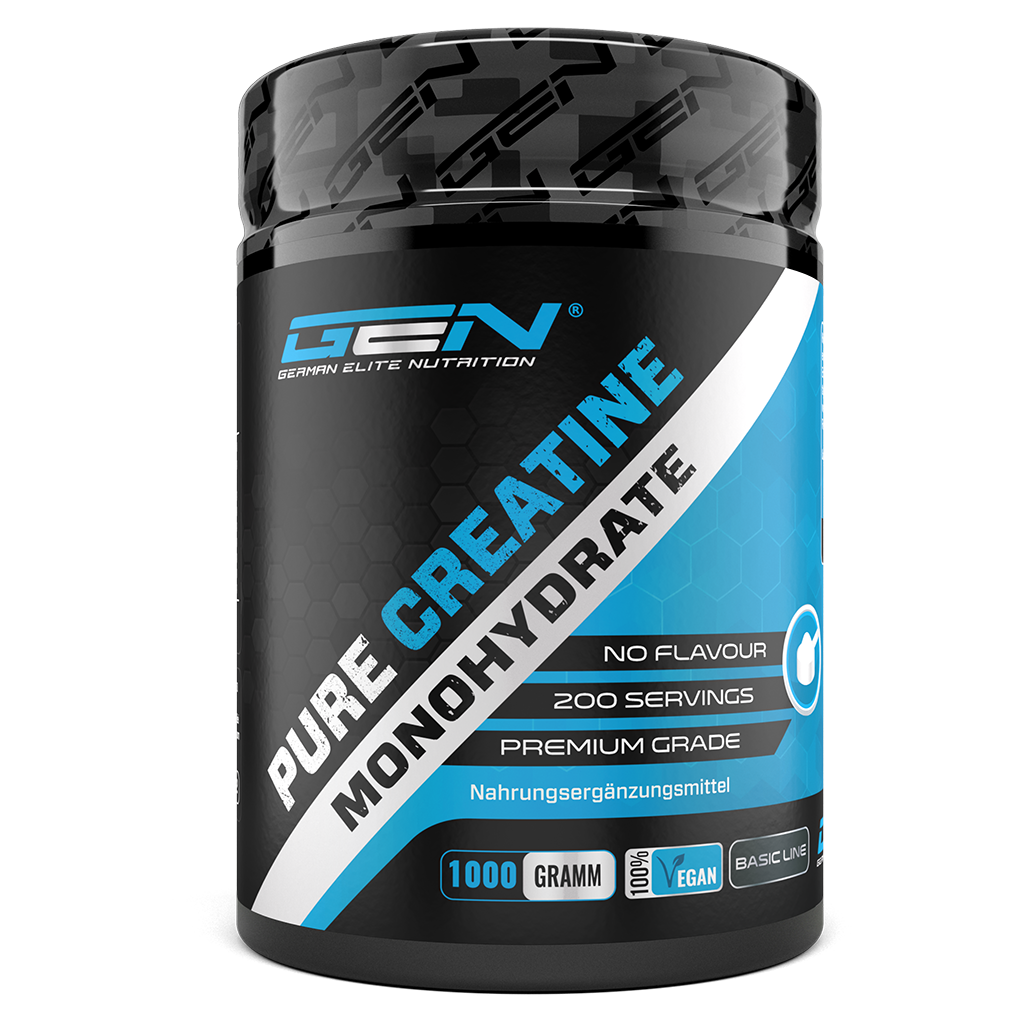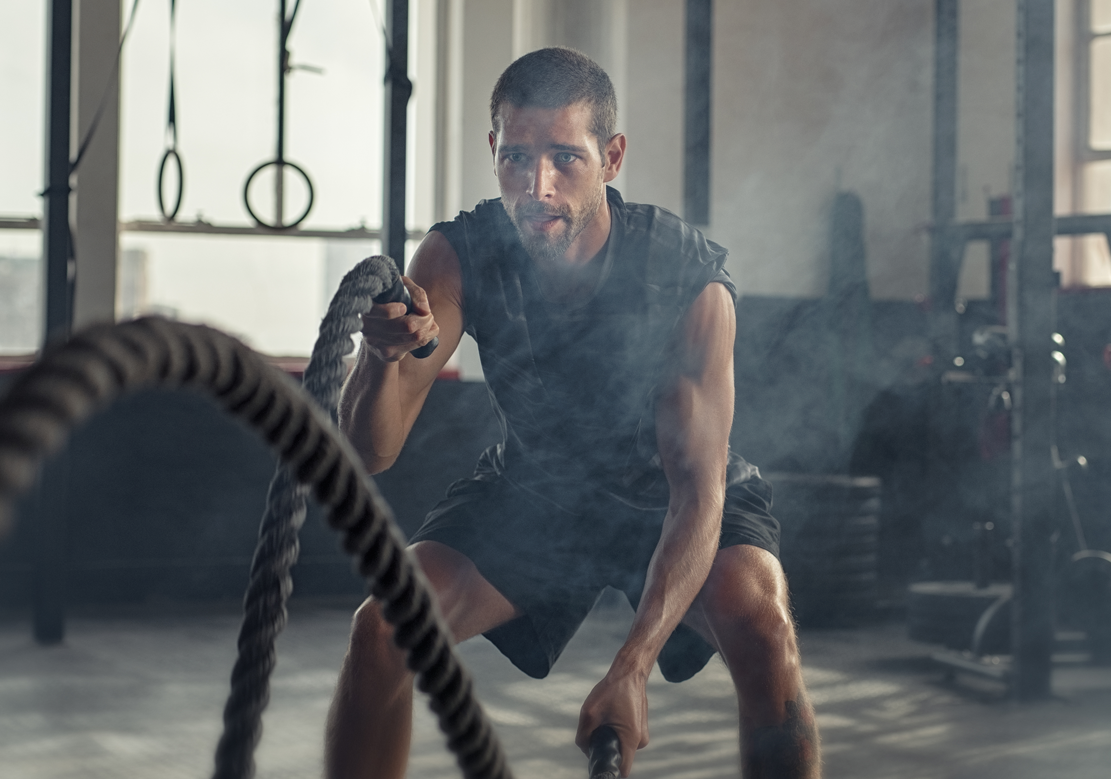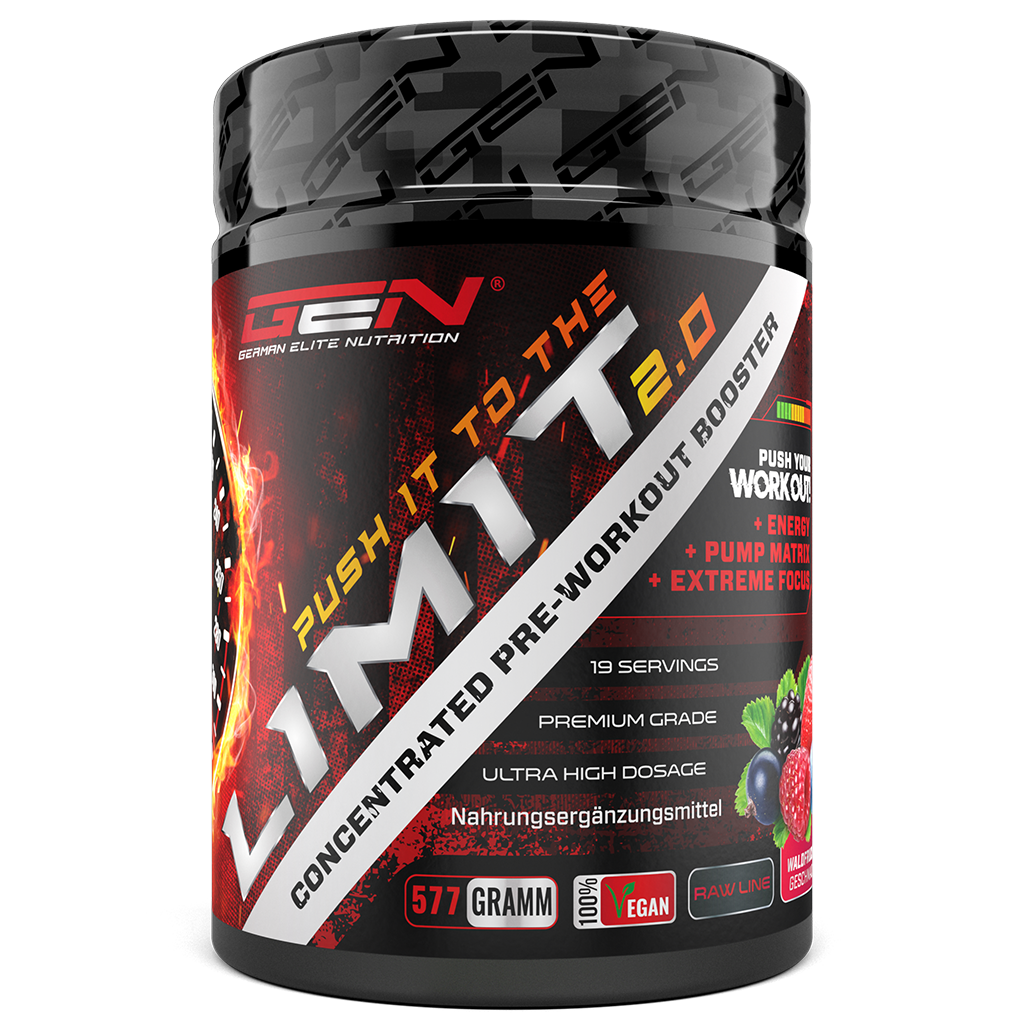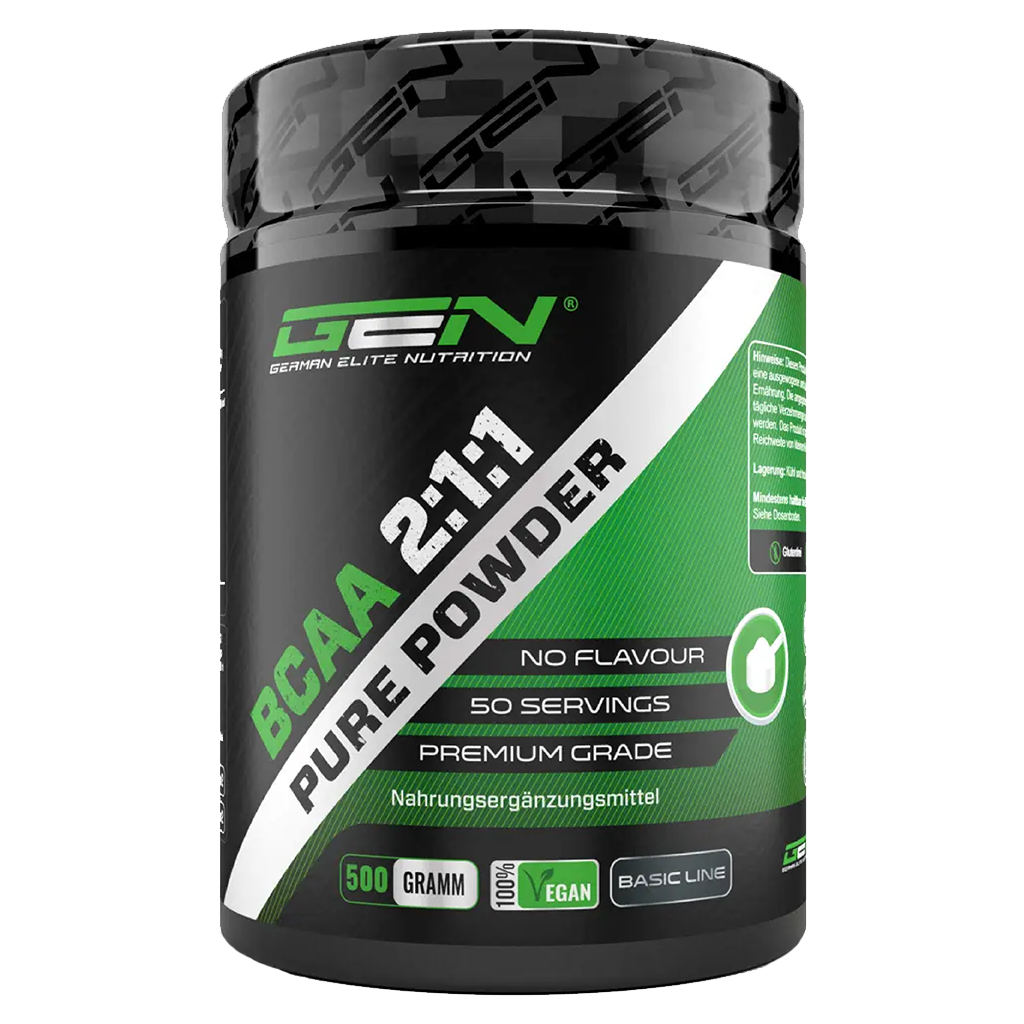The 3 different body types
The Ectomorph Body Type = Hardgainer
The Endomorphic Body Type = Softgainer
The mesomorph body type = PERFECT combination
Am I even a hardgainer?
The metabolism of a hardgainer
This is how muscle building works for hardgainers
Body weight (in kg) x 22 = X. The value X is then multiplied by the activity factor (= M). The result is your calculation basis in Kcal. It is important for the value M that you honestly estimate how the average activity is in your everyday life. The following possible values are available for the activity factor (= M):
Sitting activities: 1.3-1.6
Light activities: 1.5-1.8
Active: 1.7-2.0
Very active: 1.9 - 2.2
Step 1 - Calculate activity factor:
Step 2 -
Calculate Kcal
:
1,540 x 1.5 = 2,310 Kcal
Result:
A 70Kg person who is only slightly active needs Ø 2,310 Kcal daily.
Calorie surplus for hardgainer
Basically, if you want to build muscle mass, you need a sufficient calorie surplus. For a non-hardgainer, you would add about 200-300 Kcal to the calories calculated above. But if you are a hardgainer, this surplus will not be enough. As a hardgainer, you should plan on a calorie surplus of at least 500 to 1,000 calories. To achieve this, you should generally eat 3 main meals and possibly 2-3 snacks (even liquid).
Hardgainers often have the problem that they do not (can not) eat enough meals. They also often do without breakfast, because it is very difficult to eat something in the morning. The problem is that muscle building will not work without a substantial breakfast.
Especially breakfast is essential, because your body has not received anything during the whole night. Accordingly, the body's reserves are depleted in the morning and should be replenished!
Diet tips for hardgainers
Good snacks can be bananas, walnuts or protein shakes. Or, if you want it to be liquid, oatmeal is also excellent. Just put 150g of oatmeal together with 50g of protein powder of your choice and 500ml of low-fat milk in a blender and the snack is ready. With this basis you have just under 1000 Kcal with decent values together: 75g protein, 120g carbohydrates and 20g fat. In principle, you have already taken the most important proteins and complex carbohydrates. By the way, this mix is especially recommended if you can't eat breakfast in the morning. The whole or even the half portion is of course also wonderfully suitable as a snack in between.
Proteins and carbohydrates
As for the macro distribution, even the hardgainer does not need more protein than any other bodybuilder (= 1.5 - 2g / kg body weight). And carbohydrates, like any other athlete, should of course be "clean" (complex) carbohydrates, such as oatmeal, whole wheat bread, pasta, potatoes and rice.
Like all of us, you'll have your share of unproductive days when you can't get your carbs in. As long as your proteins are taken as usual, you can have a burger or a pizza every now and then (emphasis on sometimes!). That's perfectly fine.
Fat
You don't have to be meticulous about the fats either. Other athletes pay more attention to the fact that, for example, there is very little oil in the pan. As long as you use a good source of oil, such as coconut oil or walnut oil, you can go a bit overboard here.
Time of taking the meals
Another important point is the continuity of meals. For this, you should have a fixed plan that you stick to. Ideally, you should always eat your meals at about the same time. Many well-known bodybuilders also swear by this approach and believe that this is one of the most important factors for your success.
How should hardgainers train?
Next to nutrition, probably the most important aspect is how a hardgainer should train. In bodybuilding and weight training, the motto "a lot helps a lot" applies more and more often. This means that you should train until muscle failure in order to burn out the muscle properly. In addition, there are various training techniques, such as volume training or HIT training. In most cases, this is absolutely the right way! With a hardgainer, however, this can really go in the pants, because a hardgainer tolerates neither a very high intensity nor a very high volume. With time, this can certainly change somewhat, but in the beginning, unfortunately, this is the case for now. This is because the central nervous system (CNS) of hardgainers is quickly overwhelmed with this high load. This is not only suboptimal for muscle building, but even very counterproductive. Hardgainers quickly enter a phase which is very similar to overtraining. In addition, an overload of the nervous system ensures that you sleep worse, the regeneration slows down strongly and you are very susceptible to infections.
But how should a hardgainer train to build muscle?
Training plan for hardgainer
What an optimal training program for hardgainers looks like, we have summarized here:
- Full body workout in a 2-person split
- 5-7 sets per muscle group and training days
- The duration of the training should not exceed 60 minutes.
- The workout should be performed in a repetition range of 8-12 reps.
- Breaks between exercises: approx. 4 min. & between sets: approx. 2 min.
- Focus on basic exercises and avoid isolation exercises.
- 3 days break between training days
- Avoid too much cardio exercise.
- Pay attention to sufficient nutrient intake to optimally support regeneration and build-up.
Dietary supplements for hardgainers

CREATIN MONO
During training:
BCAA or EAA + short carbohydrates
(Dextrose / Maltodextrin, Clusterdextrin)
ASHWAGANDA
Especially after training and before you go to bed, Ashwagandha can be very supportive, as it is said to have a positive effect on cortisol levels (stress levels).


